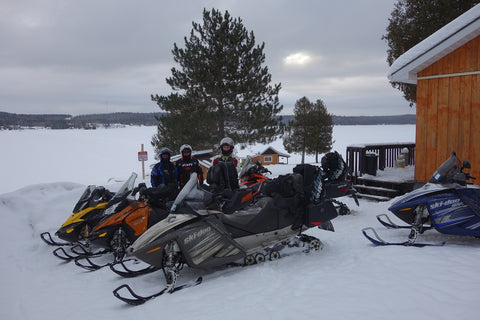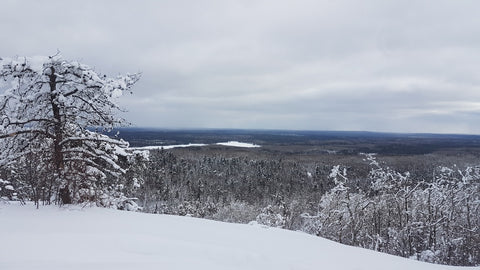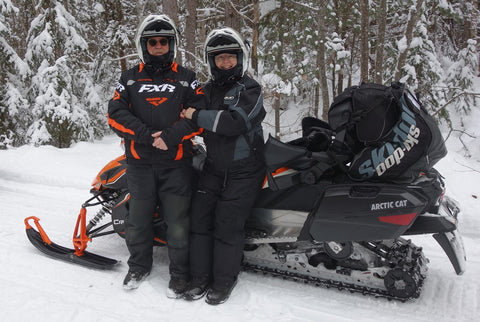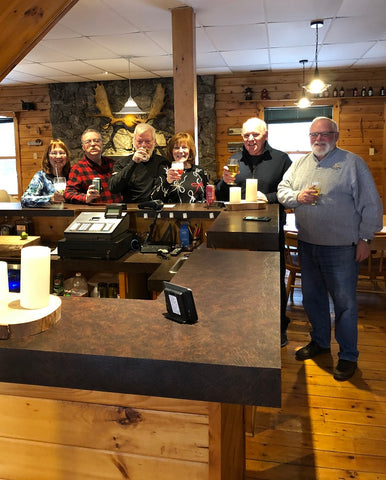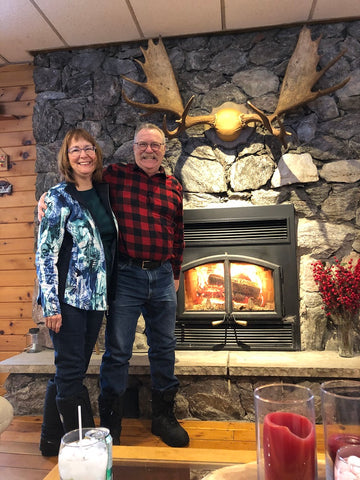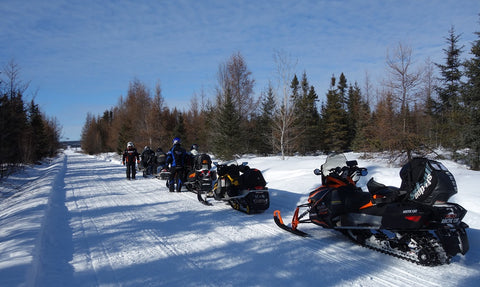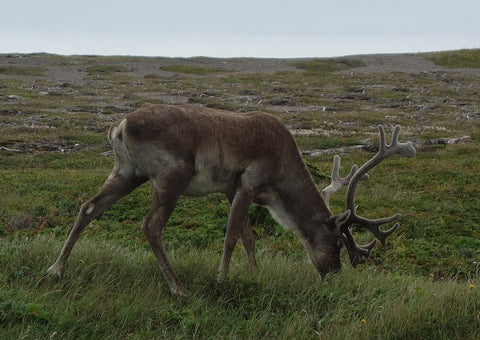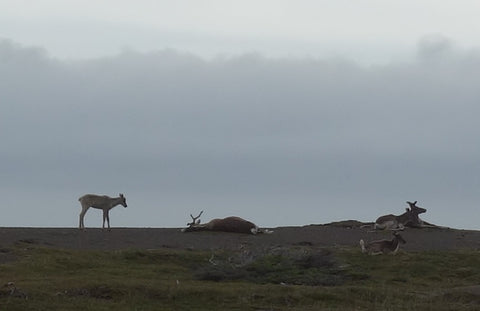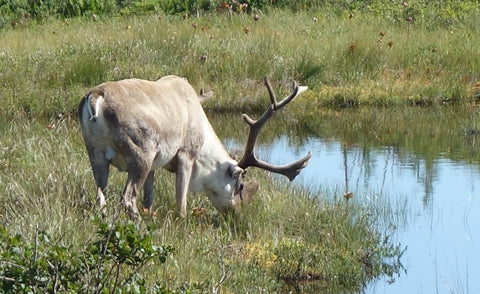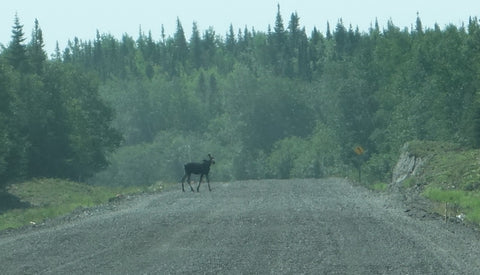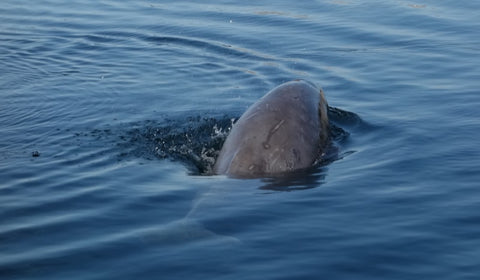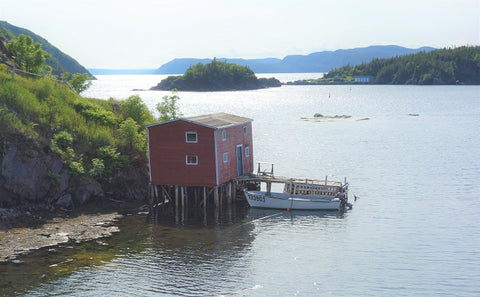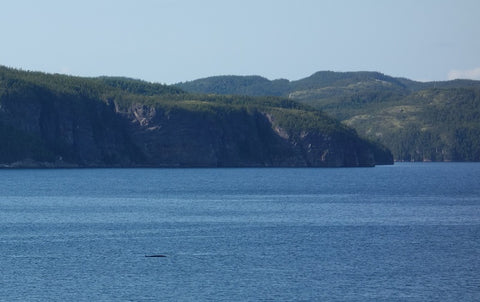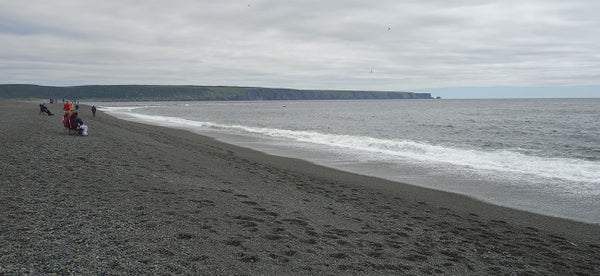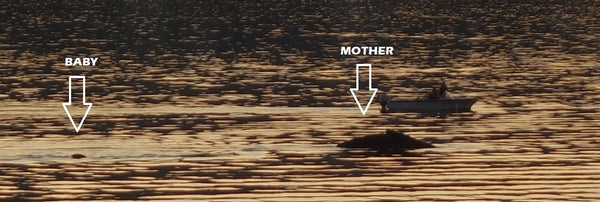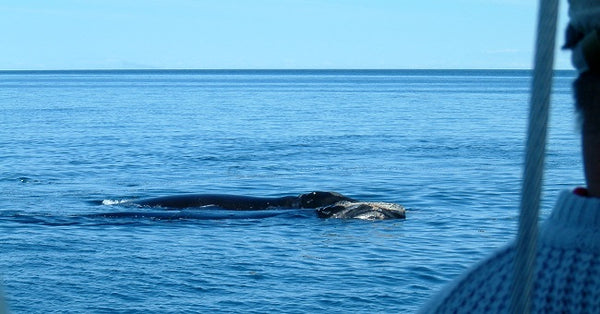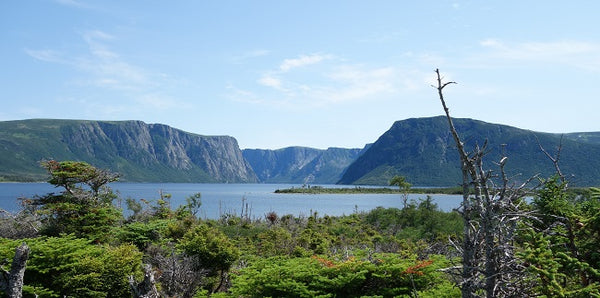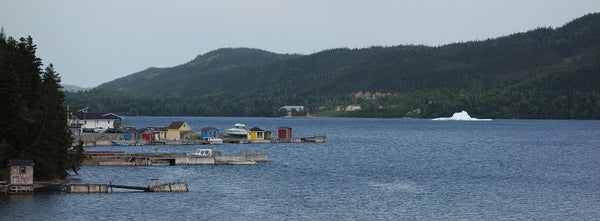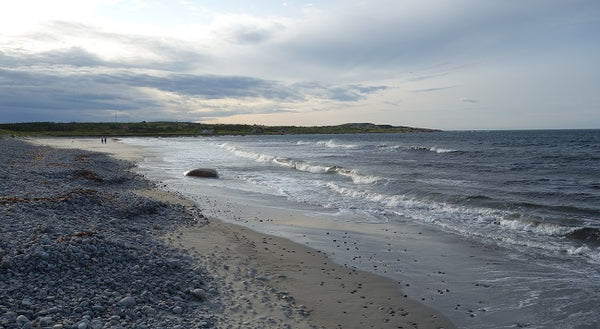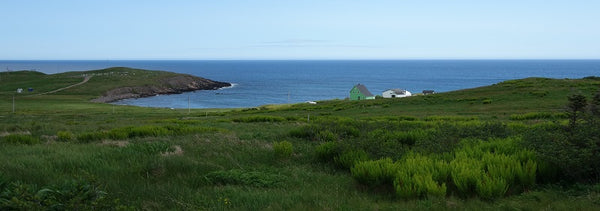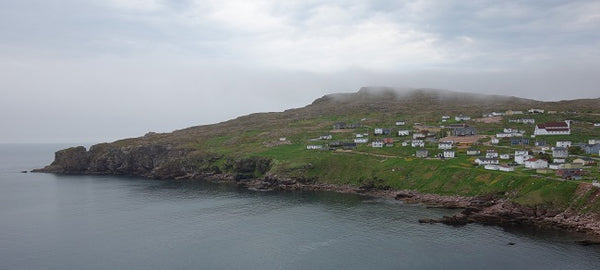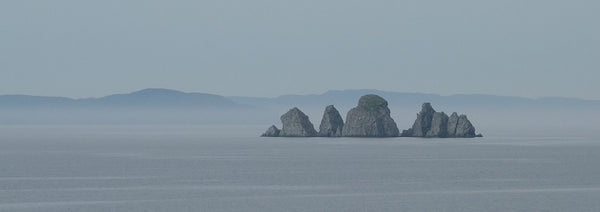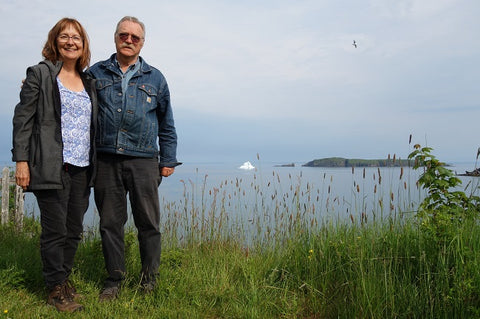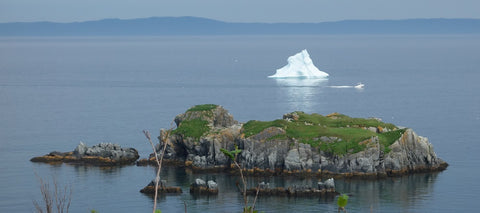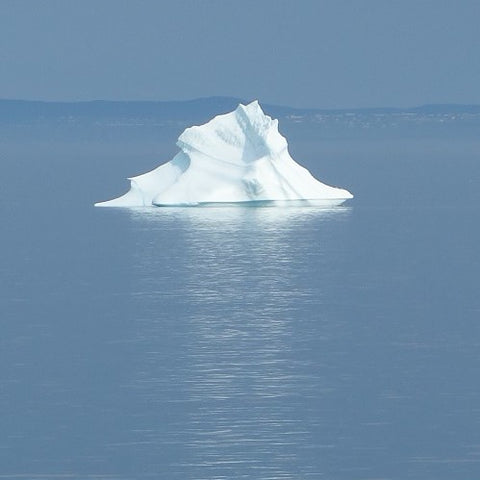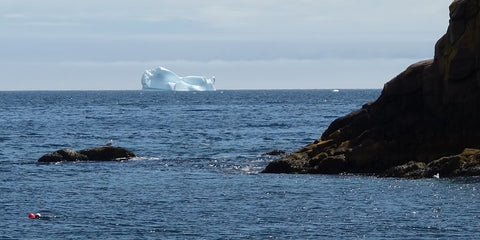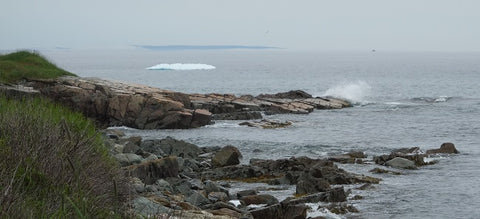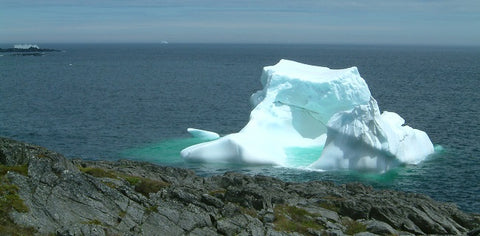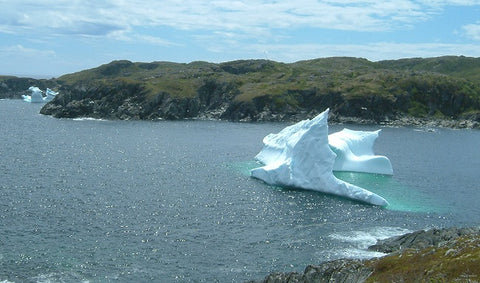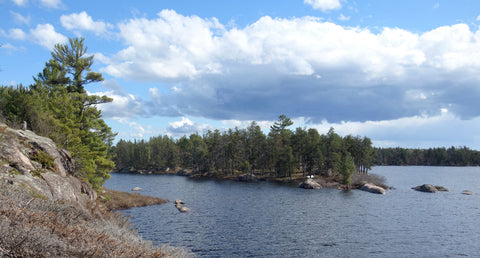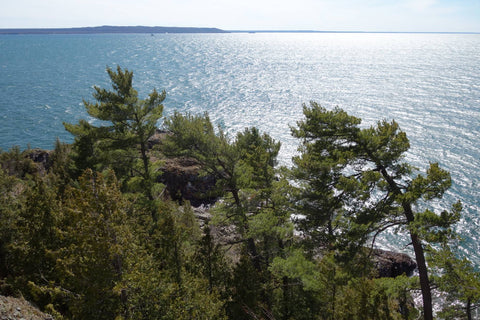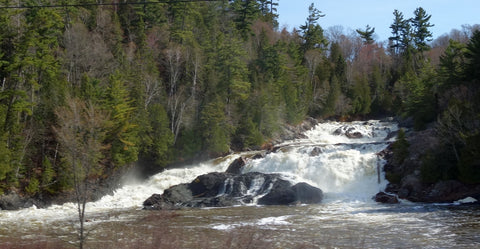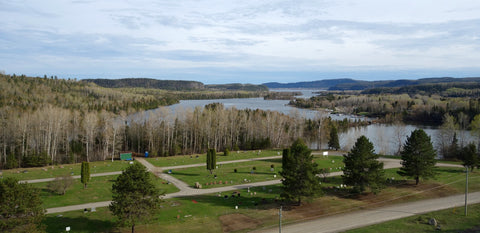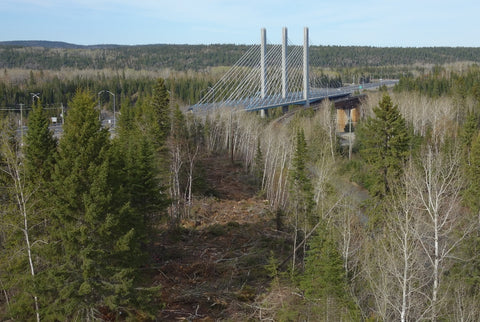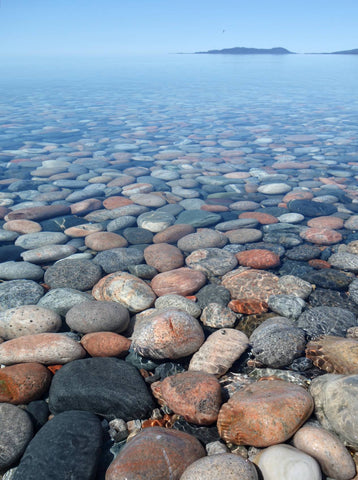 This past August, as my husband and I explored the north shore of Lake Superior with our travel trailer in tow, we had the immense good fortune to obtain a serviced camping site for a week in a most amazing place that very few people have heard about: Pukaskwa National Park.
This past August, as my husband and I explored the north shore of Lake Superior with our travel trailer in tow, we had the immense good fortune to obtain a serviced camping site for a week in a most amazing place that very few people have heard about: Pukaskwa National Park.
 Over the years, we had seen the sign for the turnoff to this Park on Hwy 17 between Wawa and Marathon and finally dropped in for a few hours in the summer of 2020, to check out the camping facilities.
Over the years, we had seen the sign for the turnoff to this Park on Hwy 17 between Wawa and Marathon and finally dropped in for a few hours in the summer of 2020, to check out the camping facilities.
We were so impressed by that short glimpse of the Park that we made plans to camp there this year.
Pukaskwa (pronounced PUCK-a-saw) has been a National Park for over 40 years and covers an area of 1,878 square kilometres (725 sq mi), protecting part of the longest undeveloped shoreline anywhere on the Great Lakes.
There are four large natural sand driftwood beaches in the Park, three of which are pictured here. (That is my husband John walking on a typically uncrowded beach.)

Our stay coincided with a week of hot, dry weather due to a tropical storm in the Gulf of Mexico pushing a warm front up our way.
Even though summer high temperatures along the shore usually max out at 15 C (59 F), we enjoyed a whole week of daytime highs of 24 C (75 F) and mild nights. There were no mosquitoes or black flies, but lots of birds and butterflies.
It was a glorious week; we swam, strolled the beaches, went for hikes, paddled in our kayaks, ate alfresco meals at our campsite, and generally enjoyed being out in nature in perfect conditions.

There were four easy to moderate hiking trails surrounding the campground, all less than 4 km (2.5 miles) in length. A few of them took us high above the lake to viewpoints that offered stunning vistas such as those shown here. The trails were so awe-inspiring that we hiked them more than once.
The water is very clear, and the white sand bottom gives the water a turquoise appearance similar to Caribbean or Mediterranean waters. But the wonderful thing is, Lake Superior holds fresh water, not salt, so there was nothing to bite, sting, or eat us while we swam!
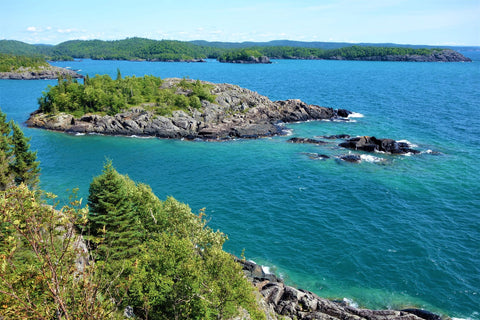
This lake is so vast, you think you are looking at the ocean when there is only water as far as you can see. It is the largest body of fresh water on earth, with a surface area of over 82,000 square km (31,660 square miles), and over 4,000 km (2,500 miles) of shoreline.

We spent a lovely afternoon in our kayaks exploring the protected bay of Hattie Cove. (Our kayaks are too short to withstand the waves out past the islands.)

These photos show us with massive rock cliffs in the background. The bay was shallow and featured many interesting islands of varying sizes and shapes.
There is something about islands, even tiny ones, that always captures my attention. I'm certain the ones shown in this post will be featured in my paintings some day.
Speaking of paintings, I wrote an article about my first six paintings inspired by Pukaskwa. Check out New Works: Nights on Fire.


To sum up our week-long experience, I think the Park pamphlet says it best:

"Pukaskwa National Park is a vast, wild, natural playground found on the edge of the world's largest freshwater lake. It's a place where powerful waves collide with rugged, towering coastlines; a place of endless sunsets over sandy driftwood beaches...A place where Lake Superior's untouched beauty can be seen, experienced and remembered by all who visit."
I agree wholeheartedly.
As in all National Parks, Pukaskwa has a pair of those iconic red Muskoka chairs installed, overlooking picturesque Pulpwood Harbour. What a lovely spot this was to rest after a day spent clambering over these magnificent rocks.
I have a treasure trove of photos from our time in Pukaskwa, ready to inspire more new paintings. Stay tuned!
If you have comments you wish to share, please do so using the 'Leave a Comment' button at the top of this post.
Subscribe to Karen's Newsletter to see more of her painting stories, travel tales, studio news updates, or notices of upcoming exhibitions.






































